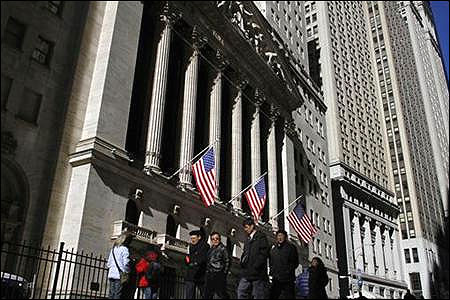

Factory output data for March, to be released on Friday, will give an indication about the extent of slowdown in economic growth.
"Negative macroeconomic environment, falling rupee and slowdown in foreign flows are making the market jittery," said Motilal Oswal, CMD, Motilal Oswal Financial Services.
The Indian currency, which last closed at 53.48 against the greenback on Friday, has lost 9.83 per cent from its recent highs of 48.69 on February 3.
Key stock market indices - Sensex and Nifty - lost over two per cent each last week. The Sensex closed at 16,831.08 on Friday, while the Nifty ended at 5,086.85. Not just that, both these indices have closed below their 200-day moving averages (DMAs), considered an important technical level. This, technical experts say, makes these indices vulnerable to further correction.
"Sharp breakdown of Nifty after moving in a consolidation for two-three months is considered as a possible beginning of a down trended move," said Nagaraj Shetti, technical analyst, HDFC Securities, in a note to clients. "This decline could extend up to 4,750 levels in the next one or two months as per the indications of daily/weekly patterns."
Click on NEXT for more...

Globally too, things are not looking very encouraging. Major US and European stock indices fell more than one per cent on Friday after a weak US jobs report and data that showed a deeper recession across the euro zone than previously thought.
Just 115,000 workers were added to payrolls in the US last month, 55,000 less than economists expected, according to Reuters. Markit's Eurozone Services PMI, which gauges business activity over a month, came in at 46.9 for April, sharply lower than 49.2 in March. A reading below 50 signifies contraction.
Among the major global events, implications of French and Greek elections for the region's drive to impose fiscal austerity will be crucial, while March readings on industrial production in Spain, Germany, Italy and France will also highlight the challenges facing the region, according to a Reuters report.
In China, data on inflation, retail and factory output, due on Thursday and Friday, is likely to add to confidence that growth is bottoming and inflation is benign.